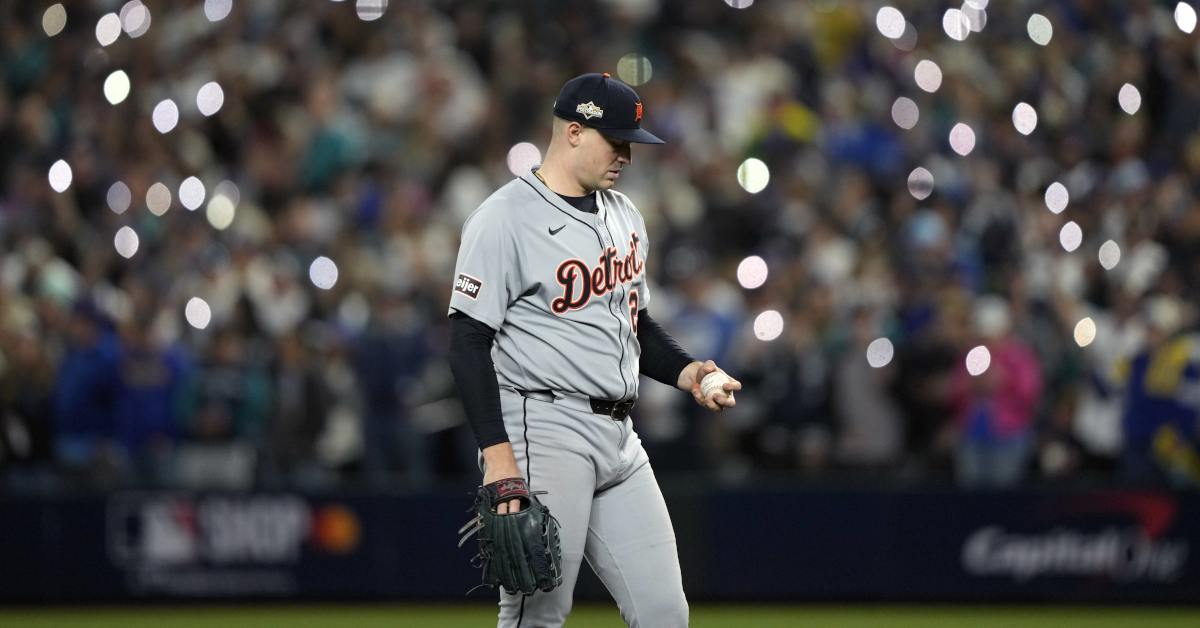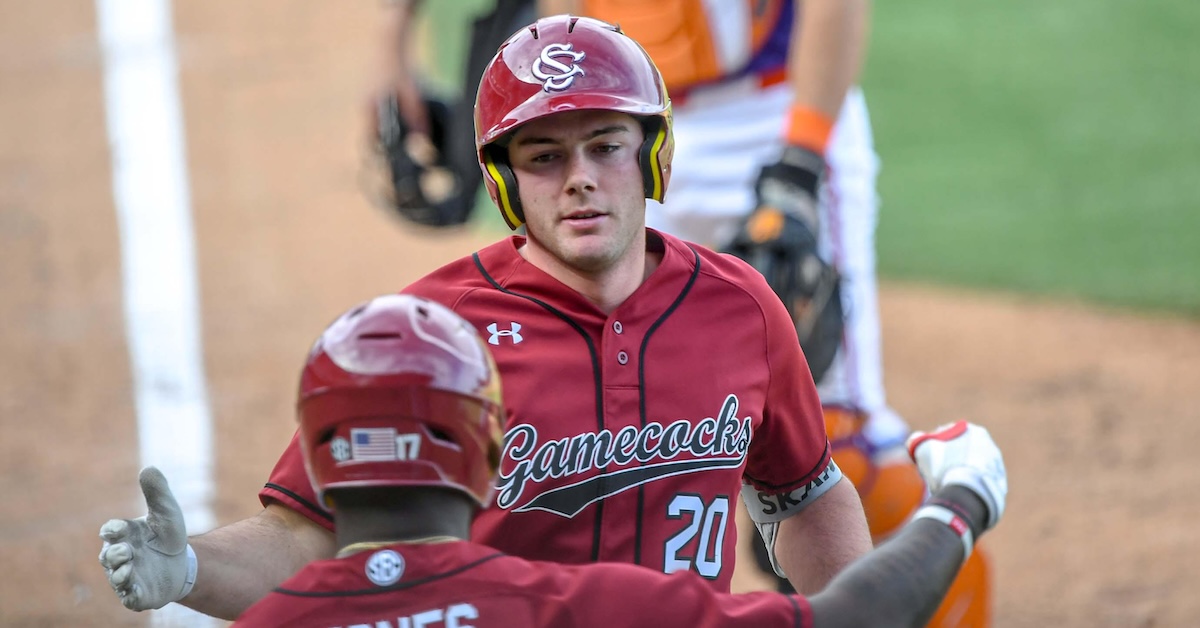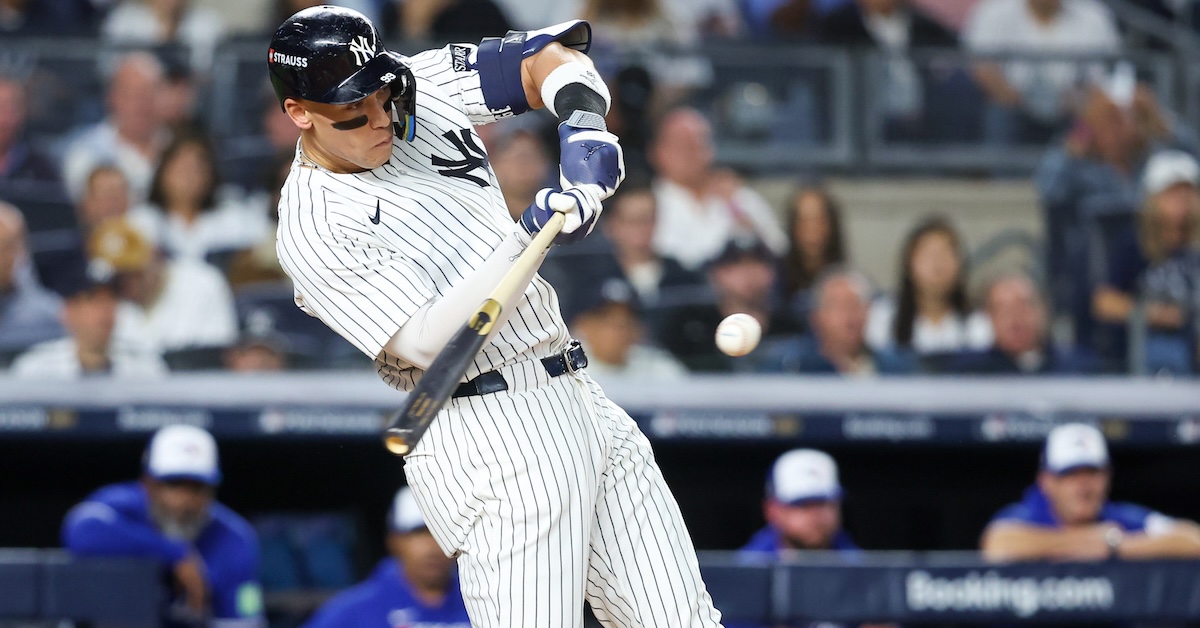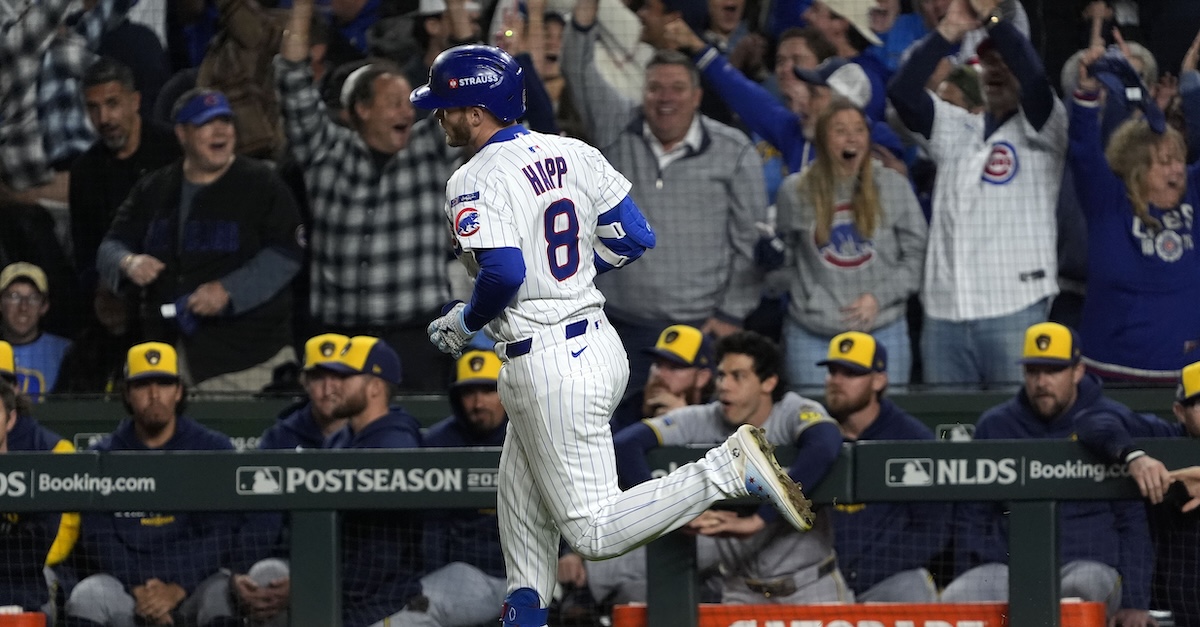Effectively Wild Episode 2386: GOATs and Goats

Ben Lindbergh and Meg Rowley announce their playoff livestream plans and then break down Game 4 of the Phillies-Dodgers NLDS, including their musings on Orion Kerkering’s game-ending error and the events that preceded it, whether baseball would be better or worse without its tragic on-field figures, the Phillies’ future, and the intimidating Dodgers. Then, after a few thoughts on the Brewers and Cubs, they banter about baseball’s culture of pitch-tipping paranoia (53:29), the effects of high-tech pitching machines (1:09:20), the upcoming MLB free agency of NPB slugger Munetaka Murakami (1:17:00), and potentially encouraging comments about MLB’s path to a unified package of broadcast rights (1:20:58), plus a postscript message from Meg (1:30:05) about the Mariners’ ALDS Game 5 victory.
Audio intro: Nate Emerson, “Effectively Wild Theme”
Audio outro: Liz Panella, “Effectively Wild Theme”
Link to sign up for Patreon
Link to FG Phillies-Dodgers gamer
Link to walk-off video
Link to Gelb’s Phillies story
Link to walk-off errors stat 1
Link to walk-off errors stat 2
Link to Yoda quote
Link to tweet about Call on Call
Link to Stark on the Phillies’ future
Link to Petriello’s post
Link to new meme format
Link to bunting etymology
Link to FG Cubs-Brewers gamer
Link to article on pitch-tipping
Link to Ben on the banging scheme
Link to Wilson’s chess quote
Link to The Bandwagon on Trajekt
Link to 2024 Trajekt Stat Blast
Link to tweet about Yesavage
Link to Ben on pitching machines
Link to home wRC+ by year
Link to road wRC+ by year
Link to MLBTR on Murakami
Link to Ben on Murakami/Sasaki
Link to Normandin article
Link to Kennedy comments
Link to Kasten comments
![]() Sponsor Us on Patreon
Sponsor Us on Patreon
![]() Give a Gift Subscription
Give a Gift Subscription
![]() Email Us: podcast@fangraphs.com
Email Us: podcast@fangraphs.com
![]() Effectively Wild Subreddit
Effectively Wild Subreddit
![]() Effectively Wild Wiki
Effectively Wild Wiki
![]() Apple Podcasts Feed
Apple Podcasts Feed
![]() Spotify Feed
Spotify Feed
![]() YouTube Playlist
YouTube Playlist
![]() Facebook Group
Facebook Group
![]() Bluesky Account
Bluesky Account
![]() Twitter Account
Twitter Account
![]() Get Our Merch!
Get Our Merch!
Podcast (effectively-wild): Play in new window | Download
Subscribe: RSS







